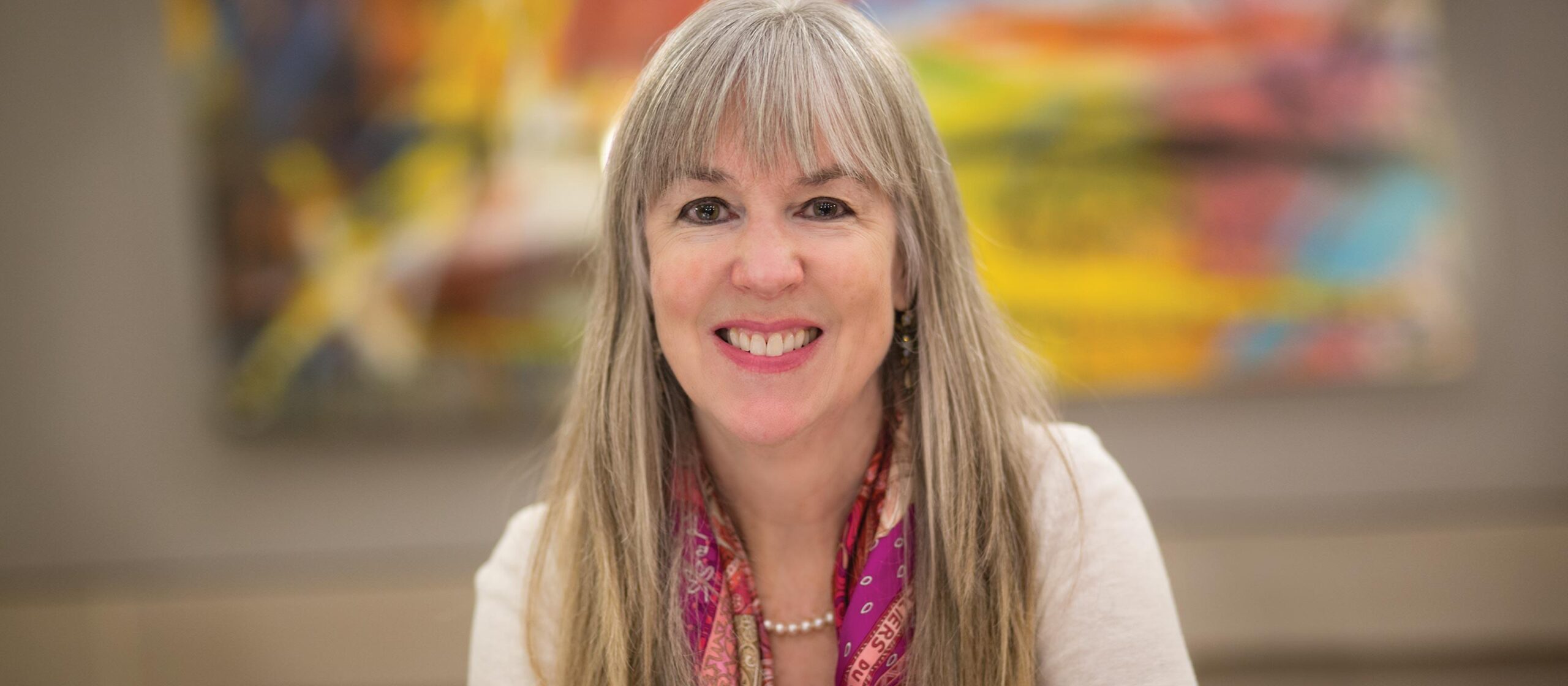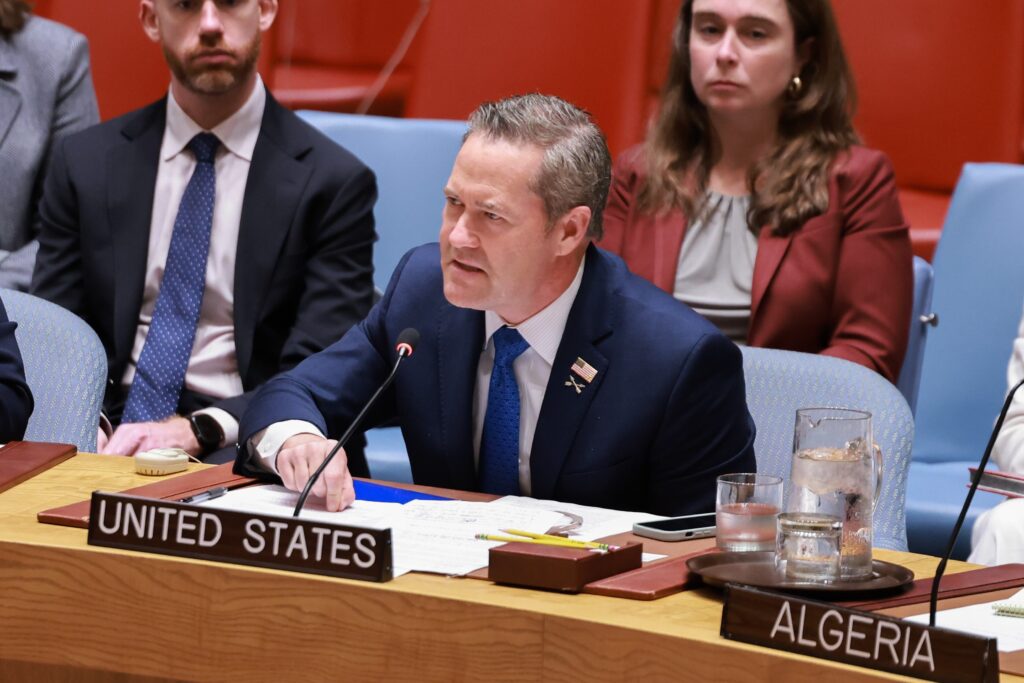As the United Nations’ health agency, the World Health Organization (WHO) touches virtually all areas of health —from access to treatment and healthy aging to prevention and emergency response.
One of the agency’s key functions is disease prevention and outbreak response efforts that help keep Americans—and the world—safe from deadly viruses. Dr. Kate O’Brien, a Johns Hopkins-trained physician and epidemiologist who serves as WHO’s Director of Immunization, Vaccines and Biologicals, is at the forefront of these efforts. She recently sat down with Chris Moore, Executive Director of Global Health Advocacy at the Better World Campaign, for a conversation about the lifesaving value of WHO.
Watch the full video below.
Content has been lightly edited for clarity.
Interview Highlights
Chris Moore: You’re playing a key role in one of the world’s most important institutions for health. What’s one thing that you want Americans to understand about WHO?
Kate O’Brien: WHO’s job is to help the world coordinate around health issues. It’s about those outbreaks that happen. It’s about finding them, identifying them, helping countries respond to them as quickly as possible, so that they’re as small and narrow as possible and don’t become big outbreaks that cross borders, become regional, or even go off into countries at distant shores because of how much travel there is.
That’s the criticality of WHO. If we don’t have a WHO, there is no entity doing that coordination, that global scanning and keeping Americans safe, keeping other countries around the world as safe as we can possibly make them.
“If we don’t have a WHO, there is no entity doing that coordination… and keeping Americans safe [and] keeping other countries around the world as safe as we can possibly make them.”
Moore: We’ve made so much progress thanks to this work. How close are we to really getting to eradicating diseases like polio?
O’Brien: We have one human disease —smallpox —that has been eradicated. It doesn’t exist anymore. Kids who are born today are not vaccinated against smallpox, because we don’t have smallpox in the world.
Polio has been targeted for quite some time for eradication, trying to get to that zero. There are two countries that are left with wild polio. We are so close, but the difficulty is that we’re at the really hard part in polio. This is a virus that has been chased into a corner, and it’s fighting for its life. So this is not the time to take our foot off the pedal. If we don’t do this, this virus is going to come back. It’s going to resurge. It’s going to cause tens and thousands, probably hundreds of thousands, of polio cases, which the world has not seen in more than 20 to 30 years at that scale.
Moore: We’ve come so close to eradication. What will it mean if countries pull back resources now?
O’Brien: What it means is a sicker, more deadly world.
There is no country that’s going to be somehow protected from pathogens that cross borders. So countries can protect their own populations by assuring that vaccine coverage for these diseases is as high as they can possibly make it.
But countries can protect themselves by making sure pathogens are not surging in places outside their borders. When those diseases are surging outside, they will enter every country.
“Countries can protect themselves by making sure pathogens are not surging in places outside their borders. When diseases are surging outside, they will enter every country.”
Moore: What your work is demonstrating is there’s an awful lot of money in prevention, and that prevention is actually saving so much money, adding so much to economies around the world. I wonder if you could talk about that relationship.
O’Brien: Vaccines are a best buy in public health. For every dollar that is spent on vaccine programs in lower-income countries, there is a return on investment of somewhere between $20 and $54. Money is not being spent on hospitalizations. Government money is not being spent to shut down outbreaks.
An outbreak costs a government an enormous amount of money to deploy vaccines, to investigate and to shut down. It can go into the millions of dollars. So we should not think about vaccines and immunization programs as costs on the balance sheet. They’re investments that pay off in multiple folds.
“Vaccines are a best buy in public health. For every dollar that is spent on vaccine programs in lower-income countries, there is a return on investment of somewhere between $20 and $54…. They’re investments that pay off in multiple folds.”
Moore: What else is important for our audience to understand about WHO’s work and its importance?
O’Brien: WHO is a science organization; it’s about evidence. I’ve spent my career working here in the U.S. and working around the world. What I absolutely know is that evidence points us in the right direction. It tells us what works, it tells us what’s safe. As long as we’re putting that at the heart of what we do, we’ll be going in the right direction.
Learn more about the ways in which the decades-long partnership between the U.S. and WHO benefits American health, security and prosperity.




